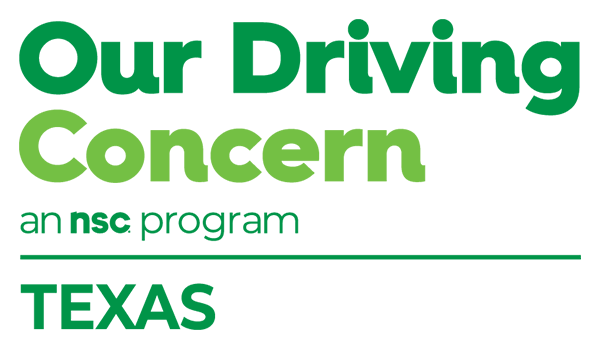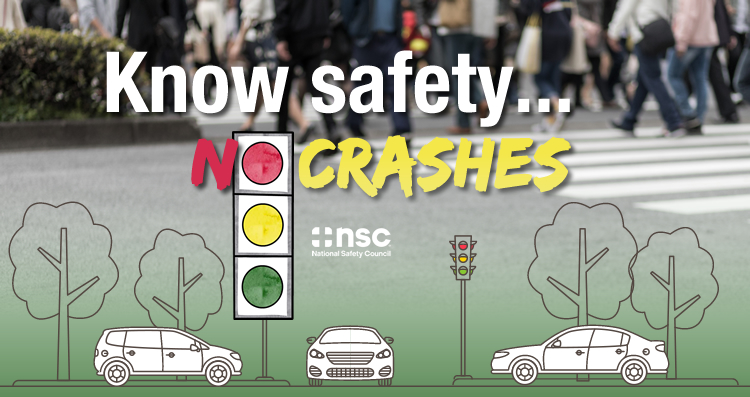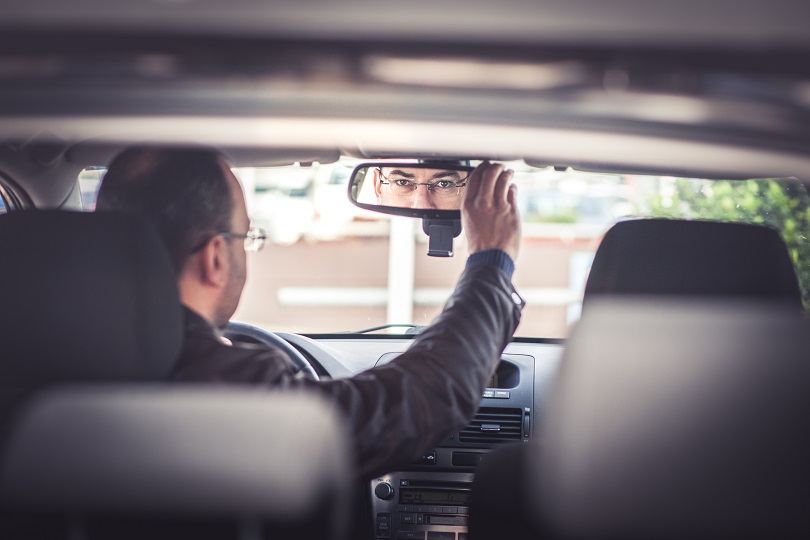Several years ago while driving home, I looked in my rearview mirror and noticed a vehicle coming up on me at a high rate of speed. Noticing that I was on a highway with a paved shoulder, I immediately moved over to let the vehicle pass.
Shortly after, I felt the impact of that vehicle striking the rear bumper of my vehicle. I failed to look in my rearview mirror after moving to the shoulder or I would have noticed that the driver was following the taillights of my vehicle. As I looked around to see what had happened, the vehicle continued down the road without stopping.
I was able to get the license plate number and called in to 911. Later, I received a call from a Texas Department of Public Safety officer asking about information relating to the collision I had reported. During the course of the conversation, I learned I had become a DWI statistic.
The individual who struck my vehicle was operating a vehicle above the legal level of alcohol concentration. I was more fortunate than a mother and her three children who were killed recently in a collision with an alleged drunk driver. I only suffered a bent bumper and fender.
Driving under the influence remains a regional and national concern:
- In Texas, 963 were people were killed and 2,114 were seriously injured because someone chose to get behind the wheel while impaired by alcohol and/or other substances in 2020, according to the Texas Department of Transportation
- Also in 2020, someone in Texas died as a result of a traffic crash involving alcohol every 9 hours and 6 minutes
My situation and my response led me to consider more deeply what actions should be taken in an unexpected and potentially dangerous situation. Exiting your vehicle while on a shoulder is not always your best option, but sometimes you need to improvise. Here are some steps to consider. These steps would also be helpful to take if you find yourself around a vehicle being operated in an erratic fashion:
- Always be aware of your surroundings and have a “way of escape”
- Be alert to the actions of the driver in the other vehicle
- Don’t feel you can simply drive faster than that speeding driver
- If possible, pull off the road and call 911 to report the vehicle that is being operated unsafely
Getting to your destination safely involves focusing your attention on driving and constantly monitoring your surroundings and what actions drivers around you are taking. Defensive driving can be defined like this: “Driving to save lives, time and money, in spite of the conditions around you and the actions of others.”
Defending yourself by understanding the dangers may just be what saves your life.
– Mike Ezzell is a program manager with the National Safety Council



